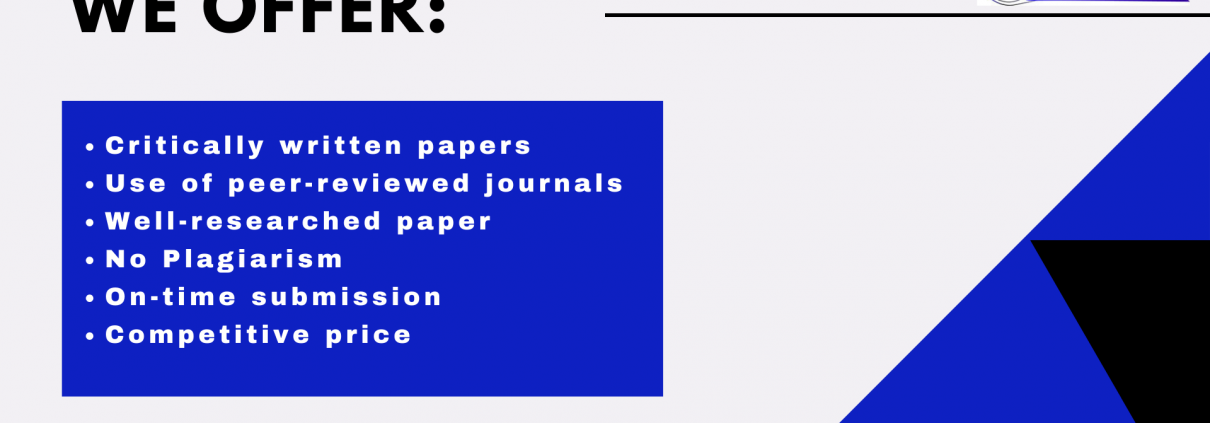Risk mitigation:
Risk mitigation could be defined as the strategic approach for developing alternatives and actions that could subsequently provide reduction of threats alongside improving the opportunities for accomplishing the objectives of a project (DuHadway, Carnovale & Hazen, 2017). Apple Inc. has created a niche for itself in the electronic products market with formidable dominance in the sectors of personal computers as well as mobile devices such as the iPhone, iPod, and iPad. However, the recent trends in the domain of technology have provided impetus to other companies to access a substantial share of the smartphone market especially observed from Samsung. Therefore, Apple Inc. has to implement appropriate risk mitigation strategies for tackling the identified risks in the report such as competition, manufacturing risks, and inventory management.
Competition:
The strategies that could be adopted by Apple for addressing the risk of competition can be observed in branding. Branding is considered as an effective resource to develop a favorable relationship between customers and the brand thereby emphasizing on the outcomes of customer loyalty (Giannakis & Papadopoulos, 2016).
The aspects of Apple’s branding include a unique brand identity developed by the company over the years which is also responsible for acquiring a large share of customer loyalty (Malhotra, 2015). However, customers that depict loyalty to the brand should also be provided with the necessary advantages in terms of innovation which could be accounted as a primary strategy for Apple to mitigate the risk of competition.
Inventory:
Inventory management has become a major risk for Apple owing to the diverse manufacturing activities and market position of the organization. The complexity of the inventory system and the extensive distribution network of the organization create potential setbacks for implementing a risk mitigation strategy (Verner et al., 2014). Therefore, the risk mitigation strategies could be observed in the form of supply chain segmentation and introducing optimal inventory management practices.
Some of the promising outcomes that can be derived from this risk mitigation strategy refer to the reduction of waste and inventory costs, streamlining of inventory processes and elimination of obsolete stock. Outsourcing of production facilities and implementation of a single warehouse in the USA are accountable as formidable features of the supply chain management of Apple Inc which provide risk mitigation for inventory management-related risks.
Manufacturing:
Another profound risk that has been identified in the case study of Apple Inc. refers to manufacturing risks. The manufacturing of Apple is outsourced in order to obtain effective inventory management. The risk is observed due to the lack of monitoring and control privileges of Apple over the third parties involved in production, logistics, and transportation management (Verner et al., 2014). The implementation of a comprehensive digital supply chain information management framework, as well as electronic tagging of merchandise, could assist in improving the control of Apple over its production aspects.
The organization should also expand its supply chain in order to reduce dependency on a single supplier thereby limiting the manufacturing risks. The introduction of new products should be associated with the prospects of feedback and follow-up regarding the product design and features. The user oriented value of the organization should be sustained in all products of Apple Inc. in order to address insufficiencies observed in manufacturing aspect of the organization.
References
Giannakis, M., & Papadopoulos, T. (2016). Supply chain sustainability: A risk management approach. International Journal of Production Economics, 171, 455-470.
Verner, J. M., Brereton, O. P., Kitchenham, B. A., Turner, M., & Niazi, M. (2014). Risks and risk mitigation in global software development: A tertiary study. Information and Software Technology, 56(1), 54-78.











